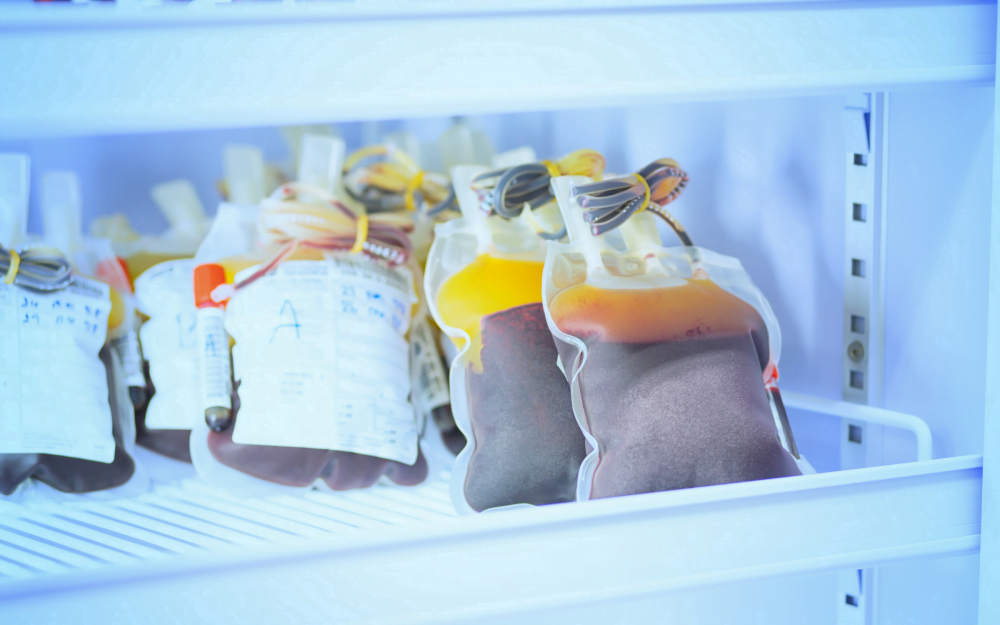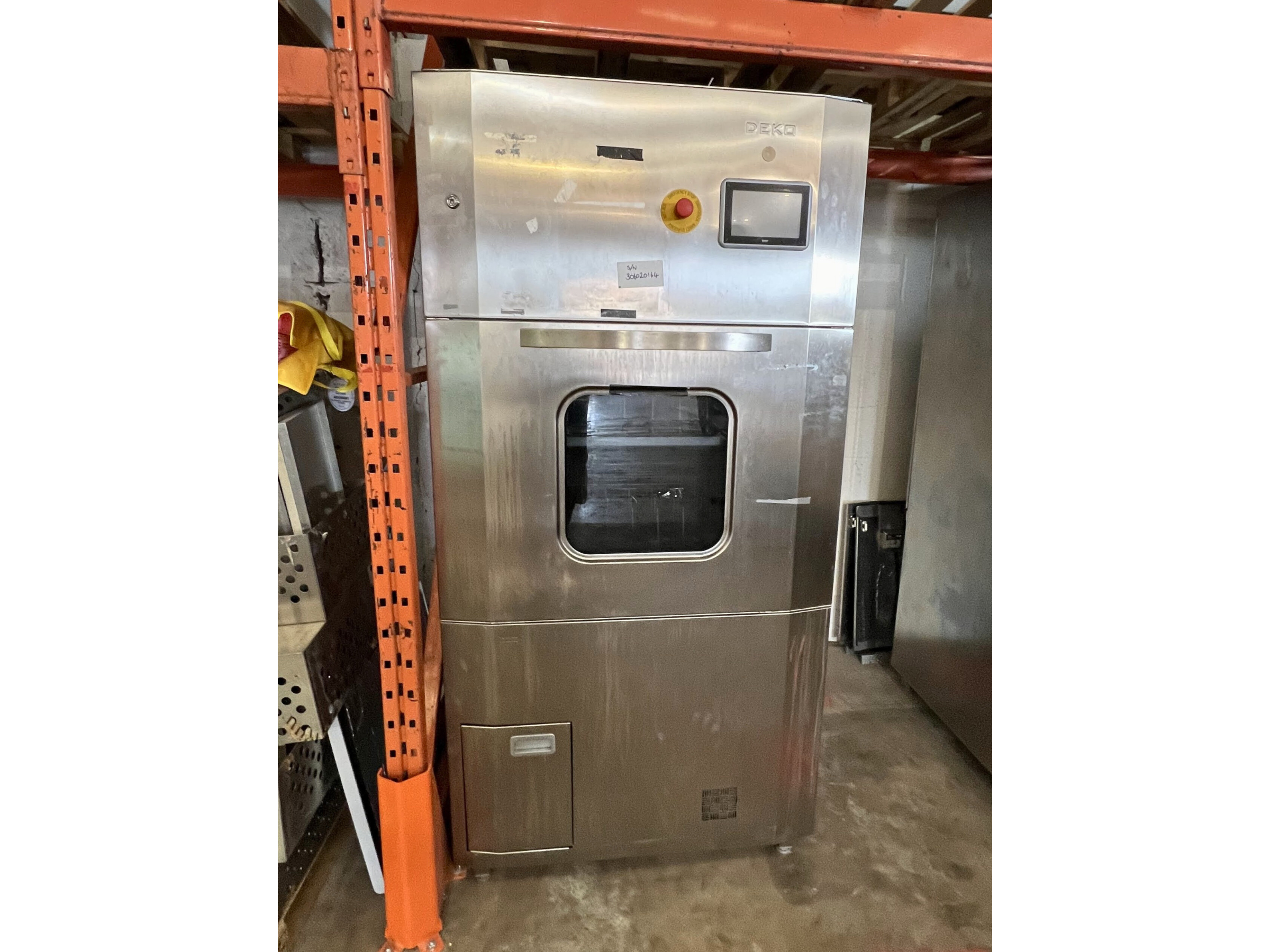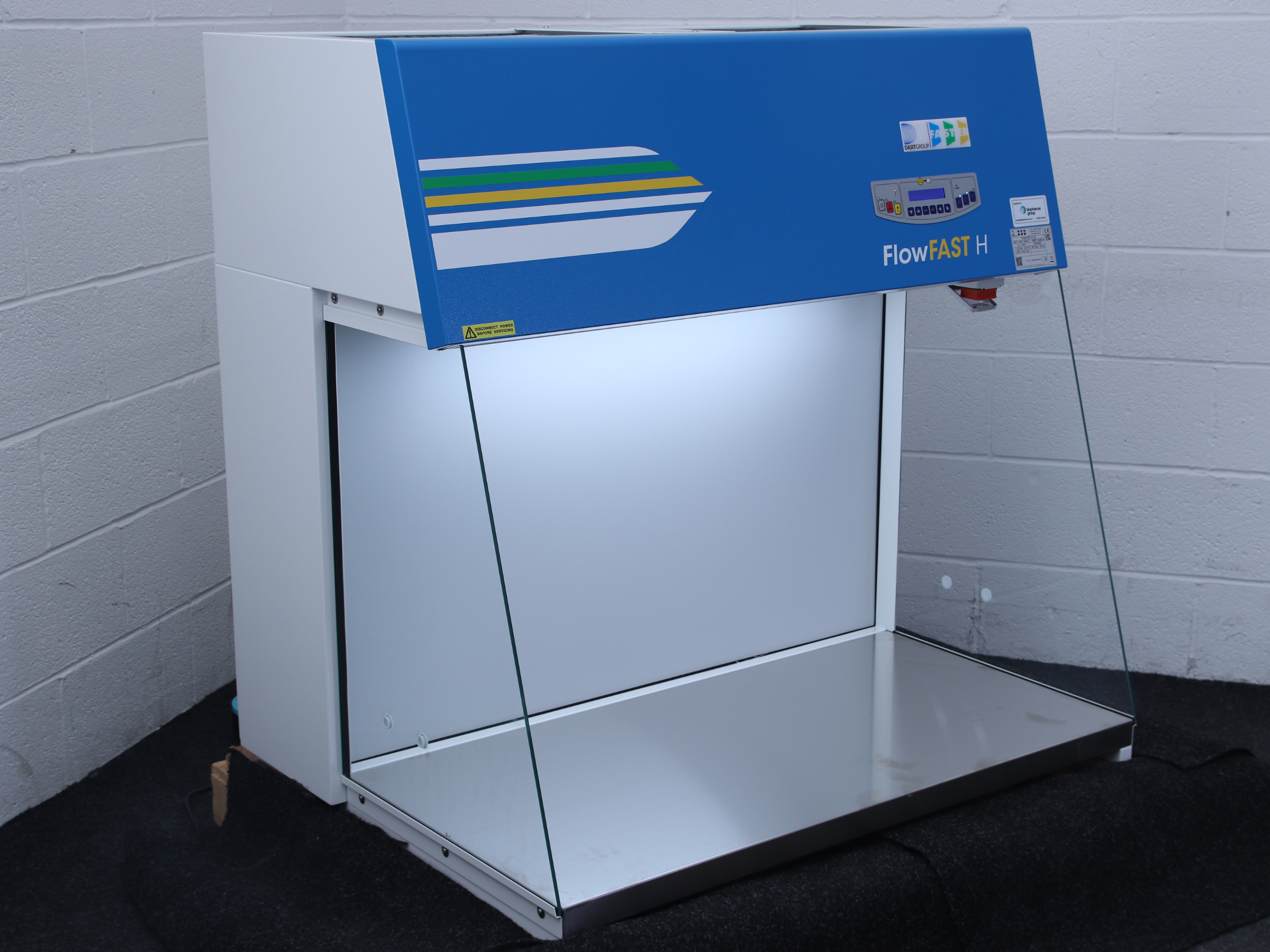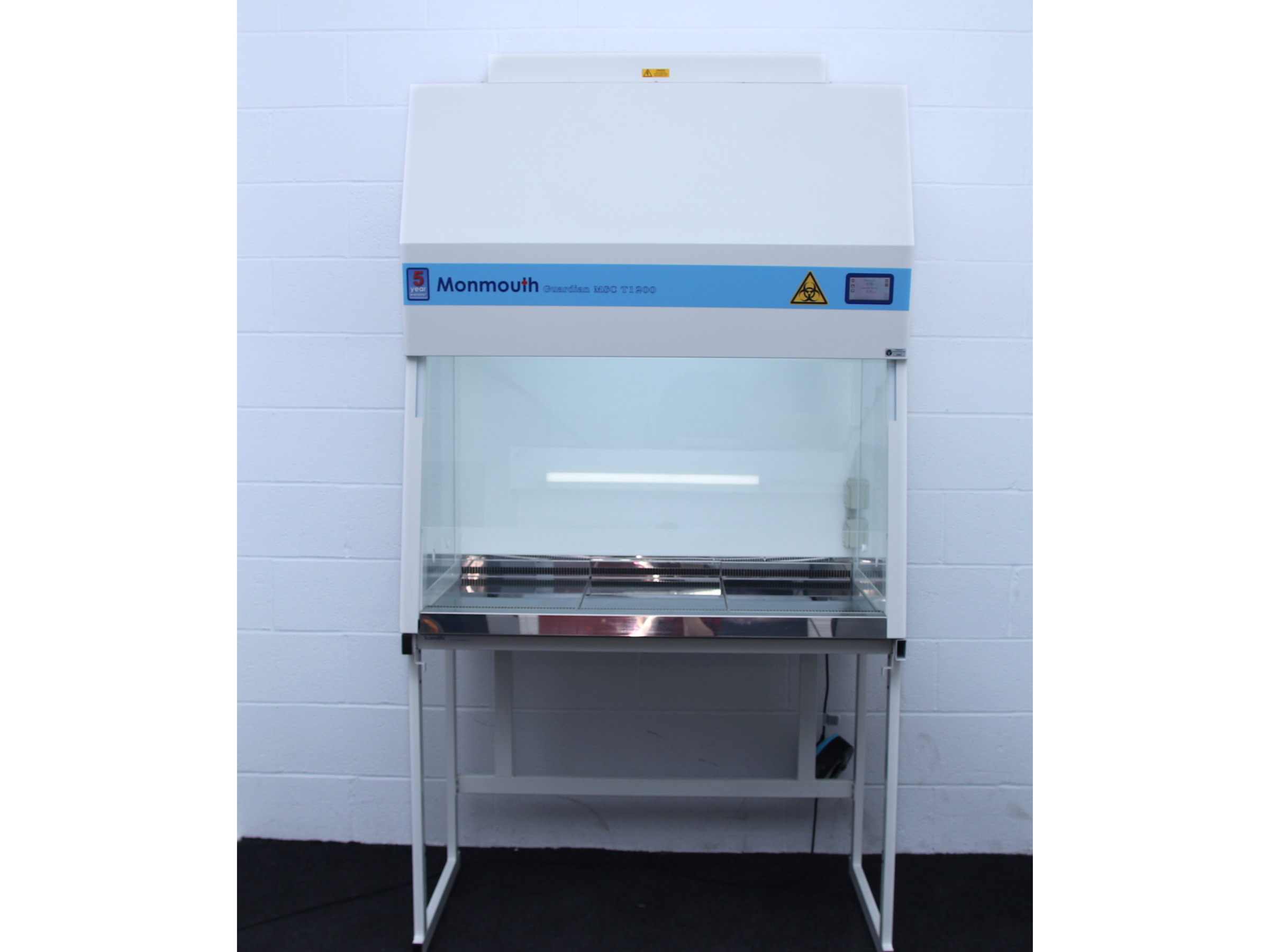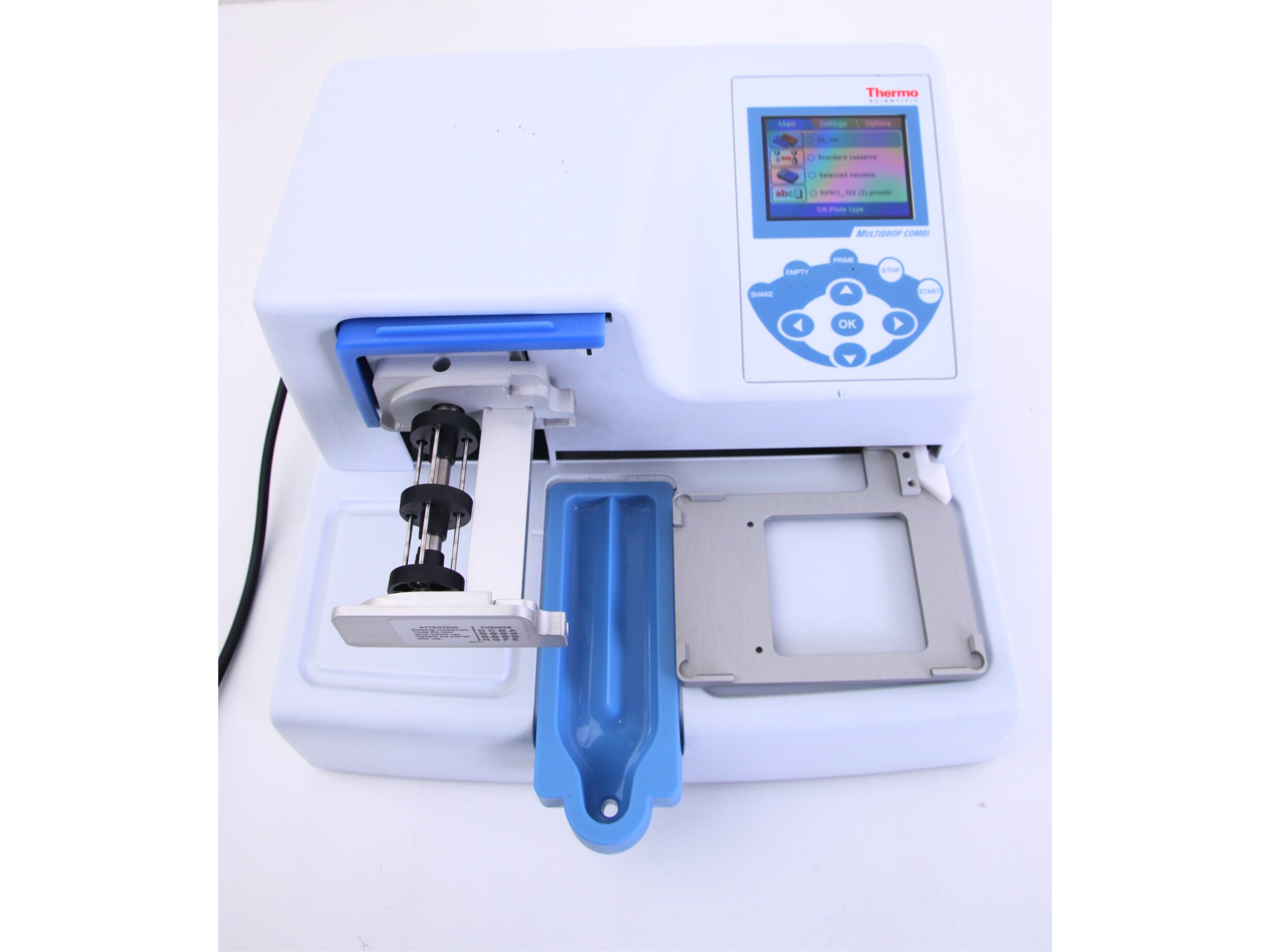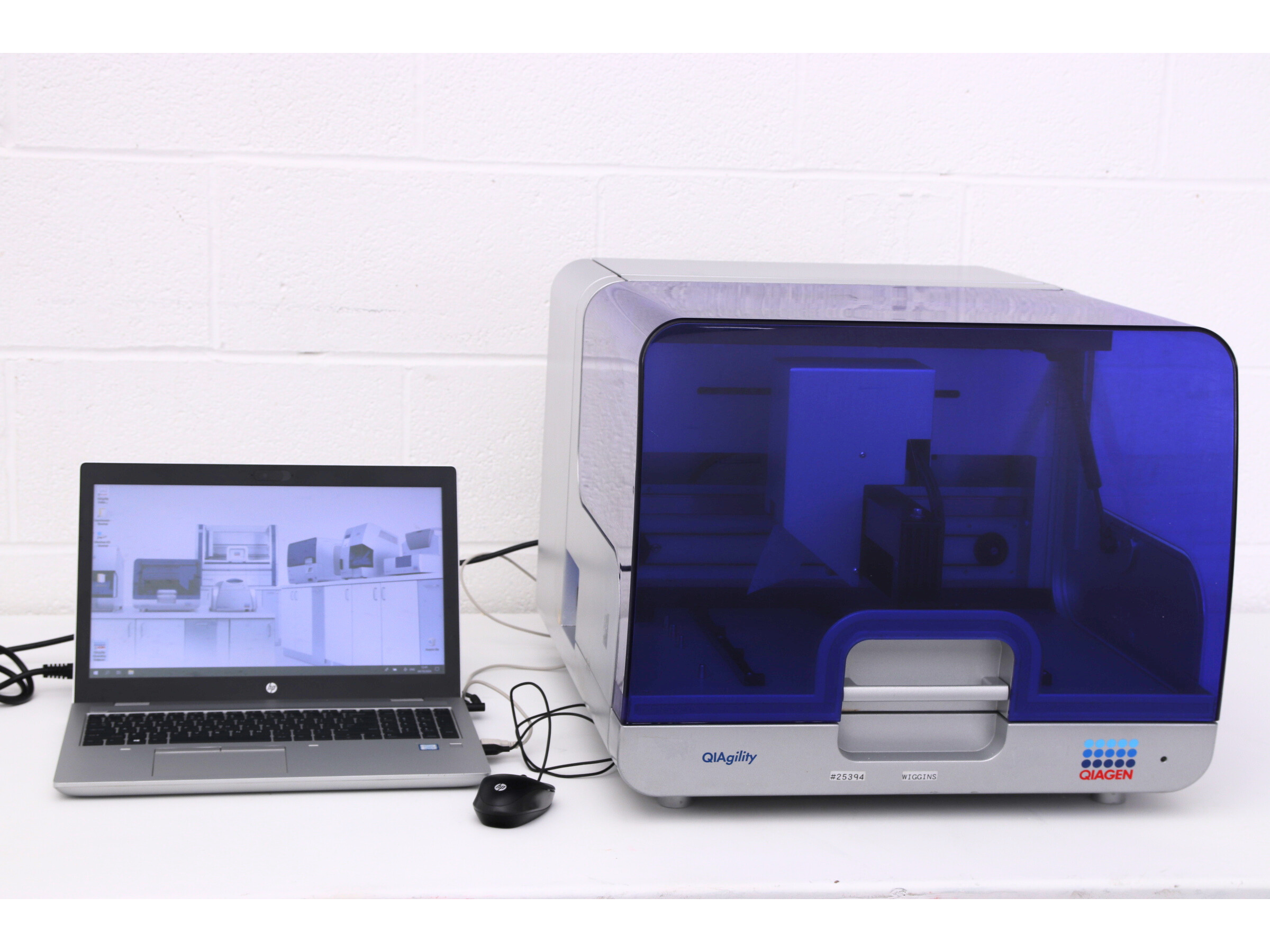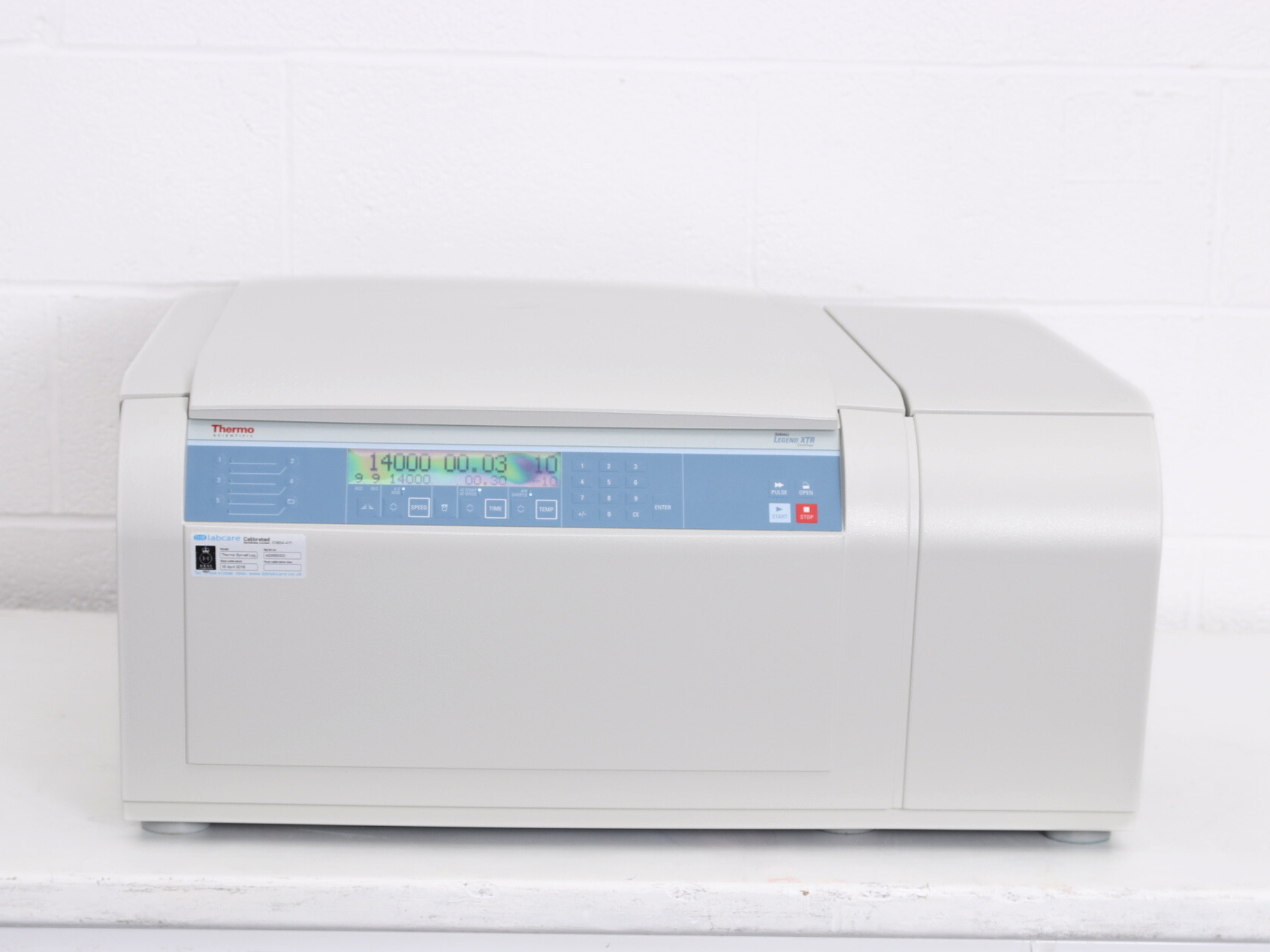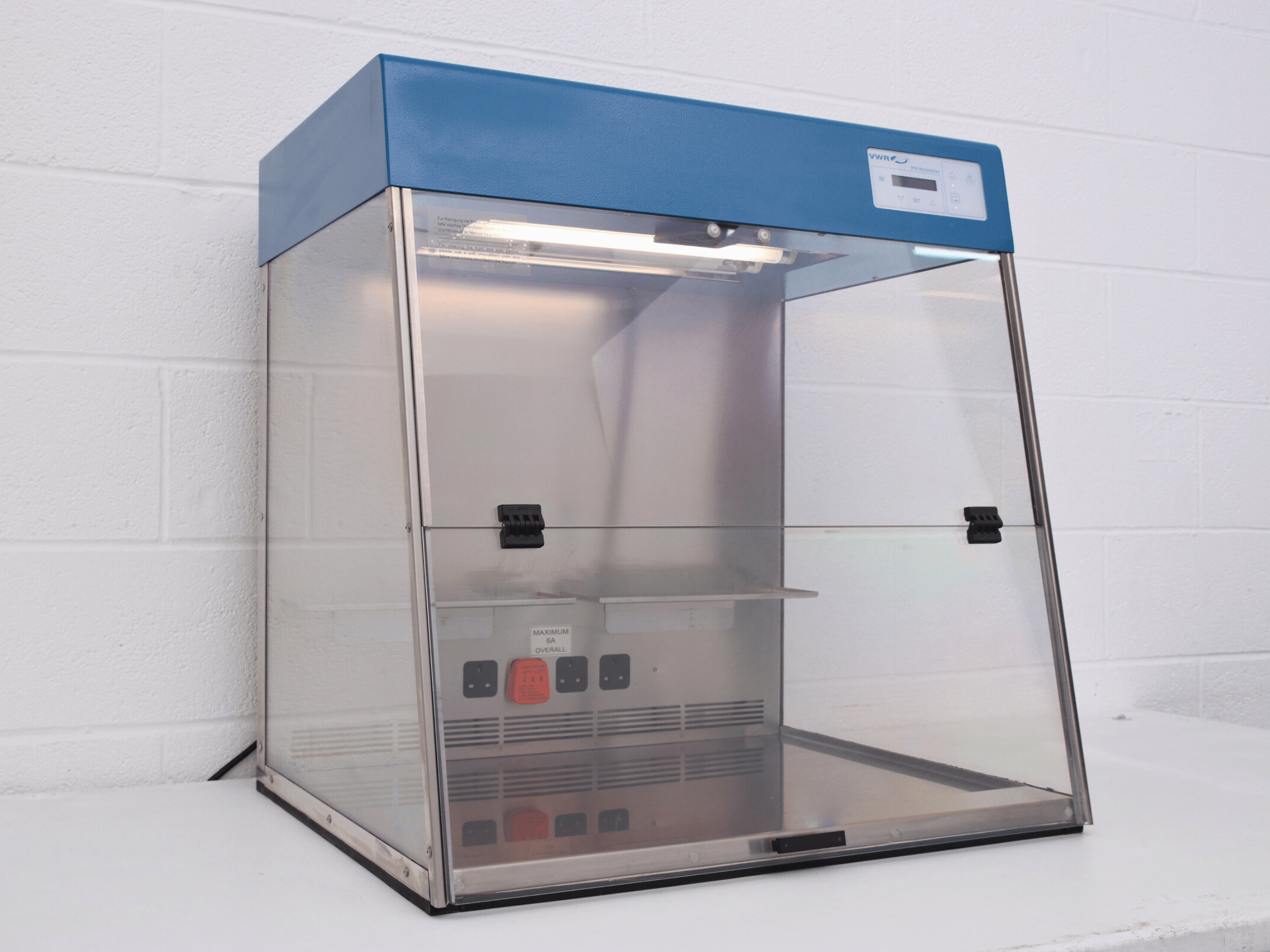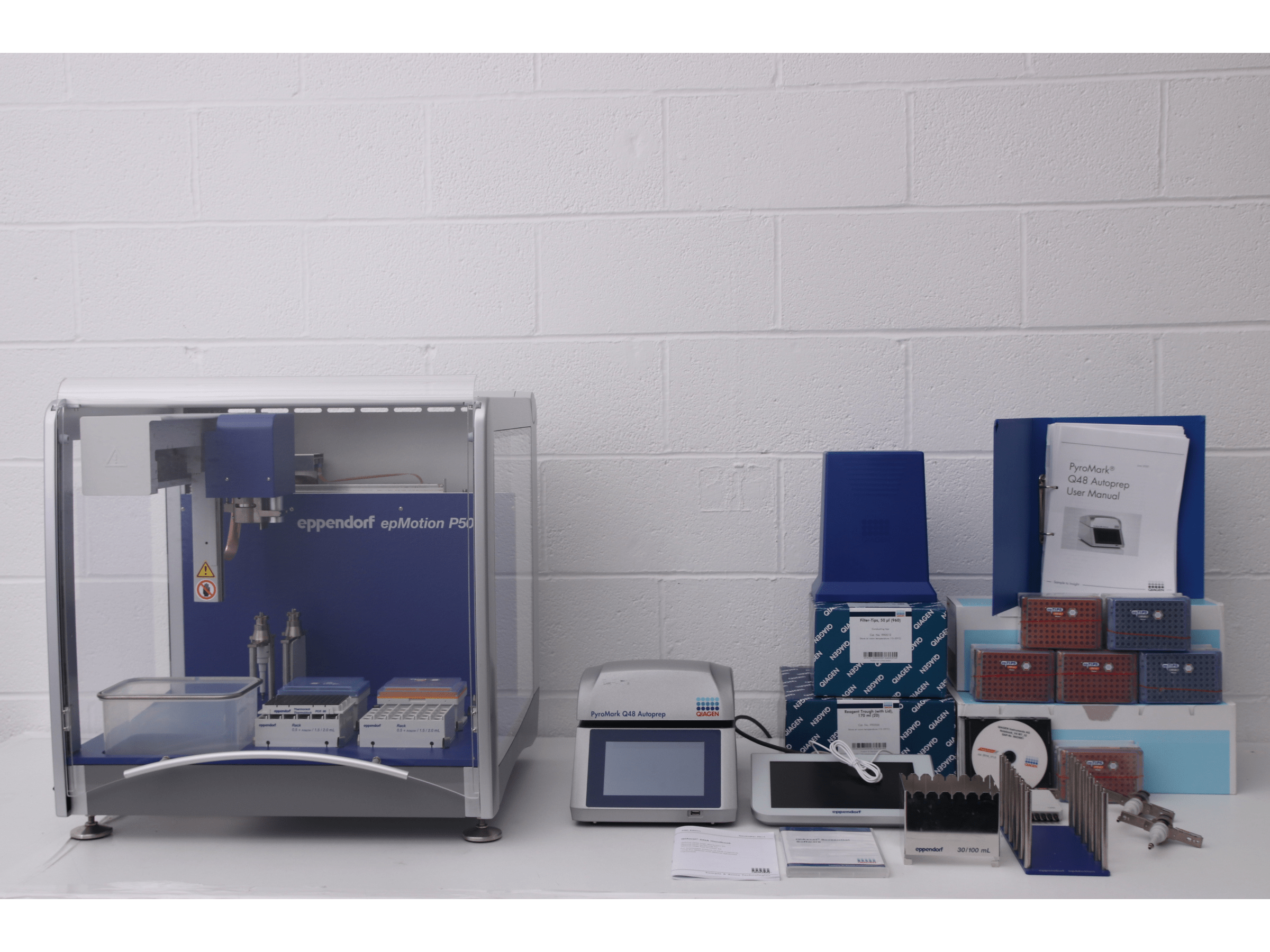Reducing the energy used by ULT freezers in the lab
ULT freezers are among the most energy intensive pieces of laboratory equipment. Did you see our article about how small changes can make a big difference to your lab sustainability? It prompted some great conversations about how adjustments to our daily routine can have a meaningful impact on carbon footprint.
So today we’re turning the spotlight up on lab equipment. Specifically ultra-low temperature freezers, because they are energy intensive pieces of kit, found in thousands of laboratories around the world. And while they’re absolutely vital for a large number of applications, there are things we can do to collectively make a monumental impact on the amount of energy they consume.
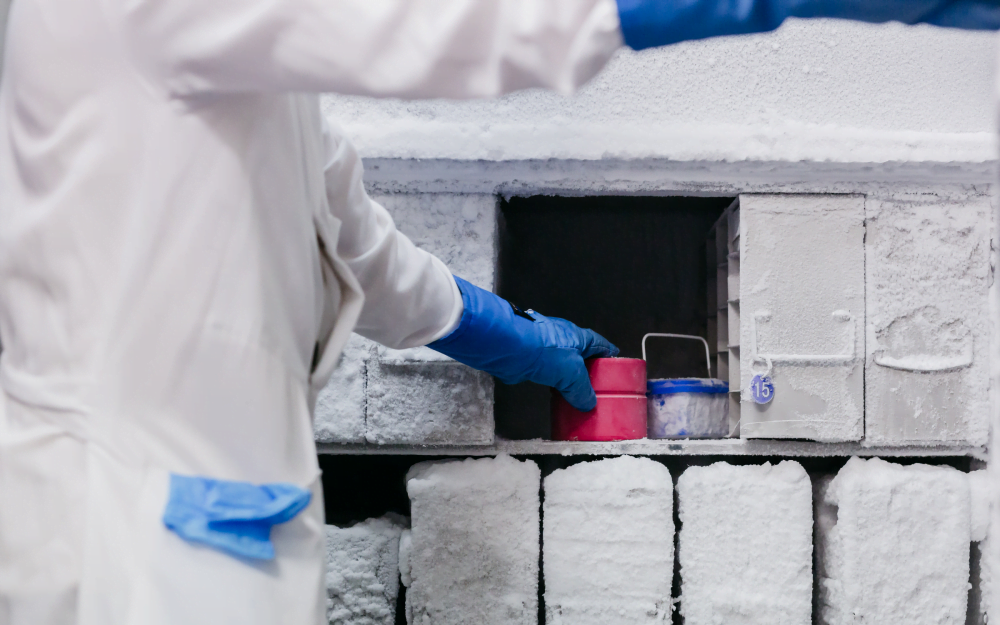
Do ULTs have to be set to -80?
Recently there has been a lot of conversation about whether ultra-low temperature freezers (ULTs) need to be set to -80. Just because they CAN reach -80, does that mean that’s where they have to be set? And it appears that the answer is no. Quite often, they don’t. Whether or not samples need to be stored at -80 varies depending on the sample type, and the storage period. Some research even shows that sample stability is similar at -20 to what it is at -80, even when stored over a number of years1. Of course, we’re not suggesting you empty your -80s into -20. But for the sake of saving hundreds of pounds in energy bills, and making a huge reduction in your energy consumption, it’s certainly worth doing a little research.
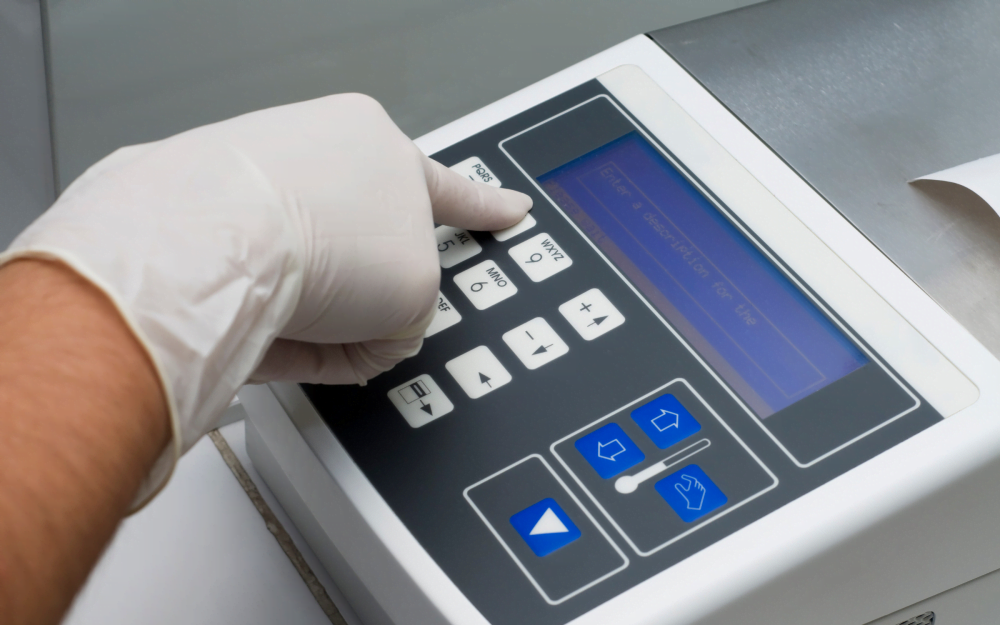
Does increasing the temperature of a ULT save money?
The short answer is yes. Back in 2013 The University of Edinburgh prepared a report suggesting that increasing the temperature of a single ULT from -80°C to -70°C could save over £100 per year on energy bills 2. And that was based on one freezer, nine years ago, when the average cost per KwH was around 9p. With energy costs skyrocketing, and the current cost per KwH at nearly double what it was a decade ago, we’ll let you do that maths on how much you could save if you have multiple freezers in use in your facility.
What can I do to reduce the energy my ULT freezer uses?
Maintenance
It’s no surprise that a freezer that has a build-up of ice and/or dust uses more energy than one that is properly maintained. This 2010 research paper shows that ULT freezers with a build-up of ice use far more energy than those kept ice-free 3. This is no surprise, since a build-up of ice around the door seal can prevent the door from closing fully, forcing the freezer to work significantly harder to keep the temperature down. Additionally, freezers that have a build up of dust over their vents use decidedly more energy than those that are kept dust-free (3). A simple wipe or vacuum over the vents can help to keep the freezer running at optimum efficiency.
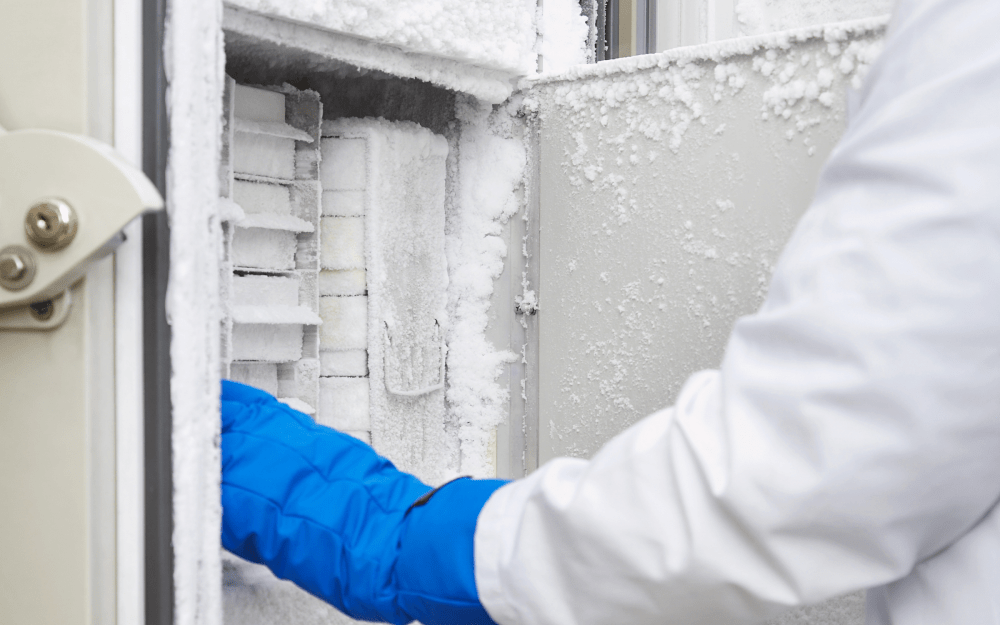
Location
The warmer the lab, the harder the freezer has to work to keep the temperature down. It stands to reason that your ULT shouldn’t be positioned near radiators, or heat-producing equipment such as ovens or autoclaves. If it’s reasonable to turn down the heating in the lab, or even just keep the doors closed to prevent heat from escaping, you’ll also reduce energy used by heating – killing two birds with one stone.
Additionally, your freezer required adequate ventilation to cool itself efficiently. If the freezer has equipment piled on top, or is pushed so close to the wall that the cooler fins can’t adequately dissipate heat, the whole unit ends up working harder to compensate. Slight tweaks to the location of your freezer can have a very real difference on energy usage, and costs.
Size
The larger the freezer, the more energy it uses to keep samples cold. If you only need a small freezer, consider trading in your over-sized unit for one that is more appropriate for your needs. Alternatively, is their a neighbouring lab you could share freezer space with? One larger freezer between two labs is certainly more efficient that two separate freezers that are only half full.
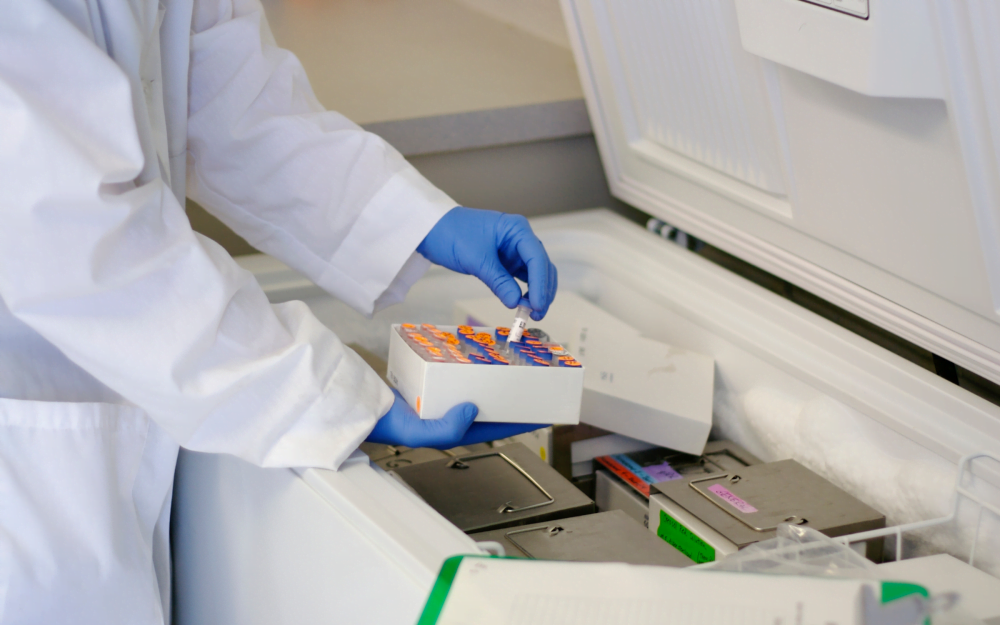
Keep the door closed
OK. This might sound obvious. But the longer your freezer door is open, the harder your freezer is going to have to work to get back down to temperature. When a ULT holds a large amount of samples it is really important to keep a proper inventory of what is in there, and exactly where it is. In doing so, you reduce the amount of time spent looking for samples, with the door wide open; and it also makes freezer clean outs a MUCH easier exercise (if you’ve ever tried to go through a laboratory fridge or freezer to get rid of old samples and free up some space, you already know what we’re talking about!) Simply keeping an inventory sheet detailing what is on each shelf, or in each drawer, and who it belongs to can make for an easier life all round.
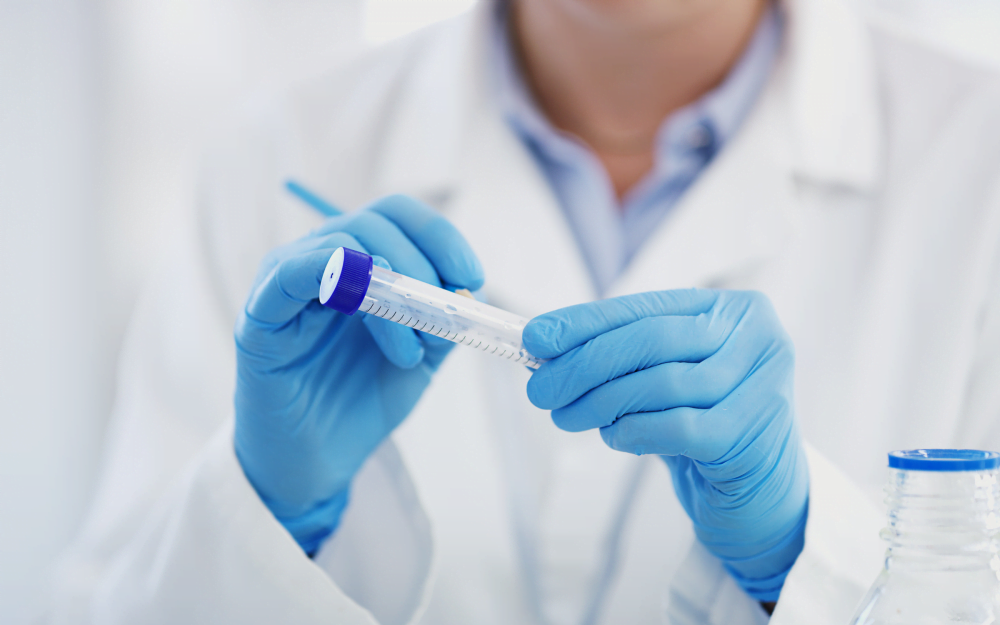
Speak to us today about buying a new or second hand ULT freezer, or about recycling your used lab equipment in an ethical and sustainable manner.
- Long-term storage of faeces at −80 versus -20 is negligible for 16S rRNA amplicon profiling of the equine bacterial microbiome. Gavriliuc, S., PeerJ Publishing, 2021.
- Freezer energy consumption report. Farley, M. The University of Edinburgh, 2013.
- Factors affecting the performance, energy consumption, and carbon footprint for ultra low temperature freezers: Case study at the National Institutes of Health. Gumapas, L., World Review of Science Technology and Sustainable Development, 2012.
Join the conversation. Email harry@richmondscientific.com or find us on social media
